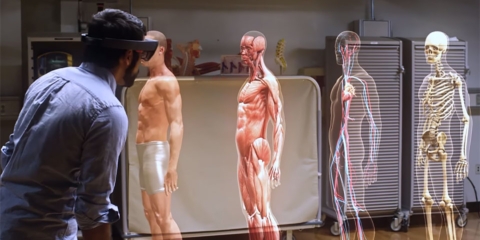Would you like to get notifications from Christian?
What happened?
The ability of cells to self-organize into specific patterns in tissues that serve a function is a universal feature of life. The stripes of a zebra, our eyelashes, the spiral of seeds in a sunflower, and the maze patterns of snakeskins are just a few examples. Using cutting-edge techniques, Northwestern University researchers are the first to see cells moving into position in the developing hexagonal pattern of the fruit fly eye. Northwestern University researchers have discovered that the formation of the pattern involves mechanical forces, not just chemical signals transmitted between cells. Using first-of-its-kind live imaging, the researchers saw cells moving into position as the eye develops; the cells are not static as previously believed. This major discovery provides principles that should extend to other pattern systems.
Read the entire article: https://bit.ly/3Iijp9w
Why is this important?
Do you ever feel like your life is a mess? That despite your best efforts, things just don’t seem to be going the way you want them to? It might not be you. Maybe, just maybe, it’s the way we’re organizing ourselves that’s at fault. Cells have been organizing themselves for billions of years, so why can’t we seem to get it right? Maybe by observing how they do it we can improve how humans are organizing themselves. Who knows, maybe the world will be a more orderly place for everyone if we take some cues from our cellular cousins! By observing living cells and how they behave we can learn more about self-organization, autonomy, communication in large complex organizations. We all know that nature is full of awe-inspiring wonders. But sometimes we don’t appreciate just how amazing it is until we take a closer look.
Christian is a futurist and trendwatcher who speaks about the impact of exponential technologies like AI on organizations, people, and talents. Christian tailors his presentations to your audience’s specific industries and needs.




Embracing the advancements of technology and AI can enhance our humanity. We can focus on developing our unique talents and skills by automating mundane tasks and freeing up our time. As humans, we can adapt and learn, allowing us to evolve and stay relevant in a rapidly changing world constantly.


Organizations will need to be more fluid, dynamic, and adaptable: the ability to change and adjust in response to new situations and environments. We are on the cusp of a new era of organizations, ones that are more fluid and agile and which behave like swarms we see in nature.

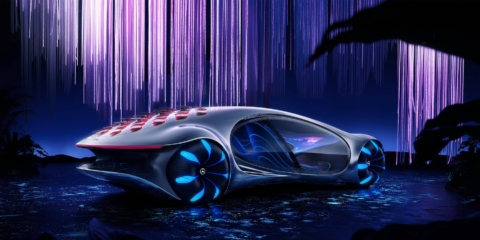
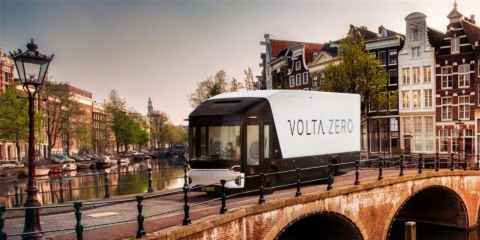

In the future, 3D printing and generative design will allow for products to be designed in a more decentralized manner, and production will take place closer to the customer and fully on-demand. 3D printing technology will also allow for more customization and personalization of products.


The agricultural industry is ripe for disruption. Robotics, AI, and IoT are all technologies that have the potential to radically transform the way we grow food. In combination with vertical farming, these technologies could increase the efficiency and quality of agricultural products.
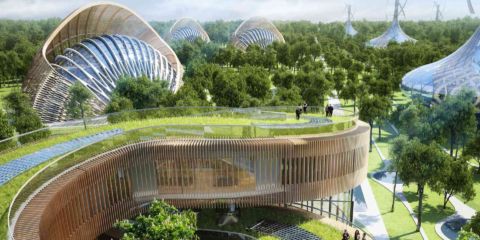
A human-centered society is one that puts people first and where technology is used to unite and empower people. It is a society that values biological life and dignity above all else. It is a society that recognizes the importance of human relationships and works to strengthen them. In a human-centered society, all members of the community are valued and treated with respect.

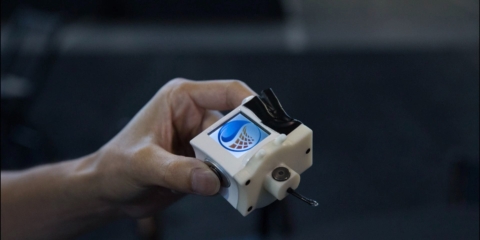
The future of healthcare is here. New technologies like AI, IoT, big data, and smart sensors make it possible to become the CEO of your own health. Imagine that your phone can listen to your voice and AI algorithms can detect small nuances in the tone of your voice that indicate specific diseases.
